Business logistics and accounting operations need to consider Freight-out as an essential aspect which often goes unnoticed. A company’s financial performance as well as customer happiness depends directly on the shipping expenses, including freight charge, which companies pay to deliver goods to consumers. This extensive piece investigates freight-out from an accounting perspective as well as its business value and optimized management approaches.
What Is Freight-Out?

Businesses must pay freight-out expenses and additional freight expense for their activities in shipping completed goods to their end customers. The expenses that arise from shipment activities after transaction completion correspond to the selling process. Revenue generation along with customer satisfaction connects to freight-out rather than freight-in since it involves costs for delivering products to customers.
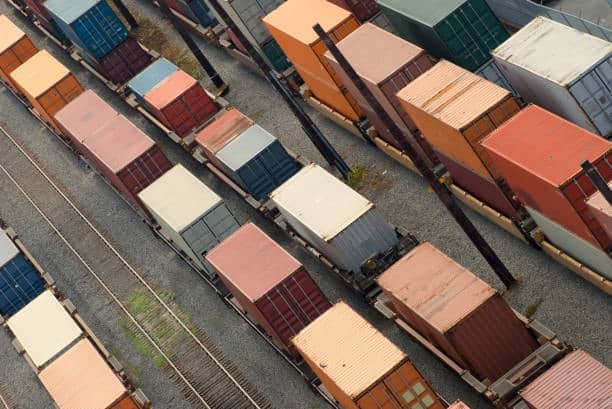
A definition for freight out includes all costs which result from transporting products from a seller to a buyer’s preferred delivery place. Packaging materials alongside carrier fees, fuel surcharges, insurance costs, transportation costs together with international customs duties and all other expenses that pertain to outbound delivery compose freight-out.
Accounting Treatment of Freight-Out

The accurate financial reporting together with business analysis requires proper accounting of freight-out. Accounting procedures for handling freight-out cost follow this approach:
Classification as an Operating Expense
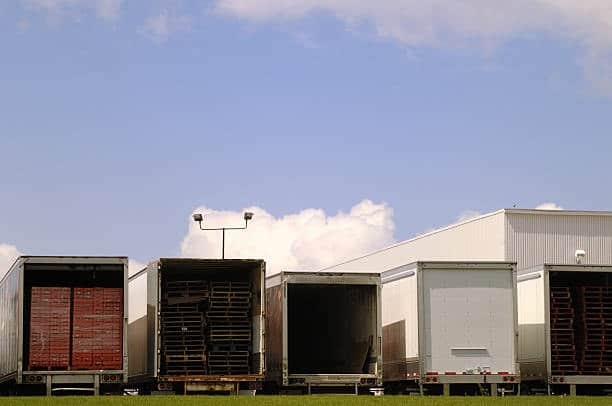
The accounting records show freight-out as a selling expense which appears on the income statement. Freight-out presents with other Selling, General and Administrative expenses at the financial statements, particularly the income statement, rather than joining the Cost of Goods Sold category. The classification distinguishes freight-out as a business expense which develops after manufacturing completes and relates to inventory costs as well as sales distribution processes.
Income Statement Placement
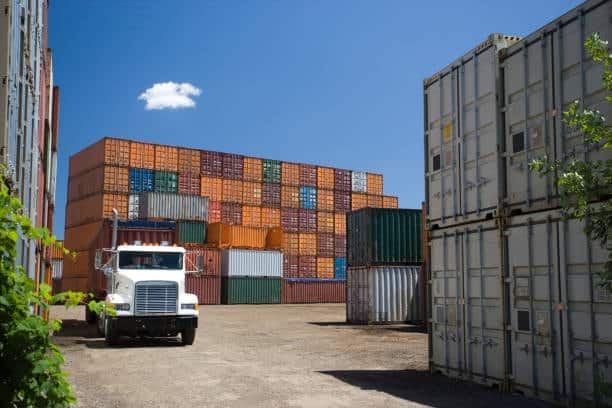
The income statement displays the sequence in this order:
- Revenue
- Cost of Goods Sold
- Gross Profit
- Operating Expenses contain the selling expense of freight-out together with other costs.
- Operating Income
Freight-Out vs. Freight-In
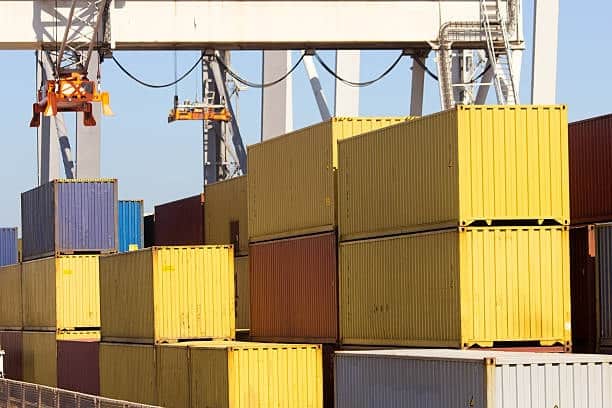
There is a crucial distinction between freight-in and freight-out where freight-out often represents a direct cost .
- The costs of delivering materials and products to the company constitute freight-in. Such expenditures become elements of inventory that end up being accounted for within COGS.
- Companies use freight-out expenses to pay for delivering their completed products to customers. The costs are recorded as selling expenses in the period when they happen.
Impact on Financial Ratios
Treating freight-out costs alters multiple important financial ratios and calculations.
- Gross margin remains unaffected because freight-out costs do not become a part of COGS.
- The operating expense nature of freight-out results in lowered operating margin because this cost directly reduces operating income.
- High freight-out expenses decrease both earnings per share measurement along with corporate net income performance.
Business Significance of Freight-Out
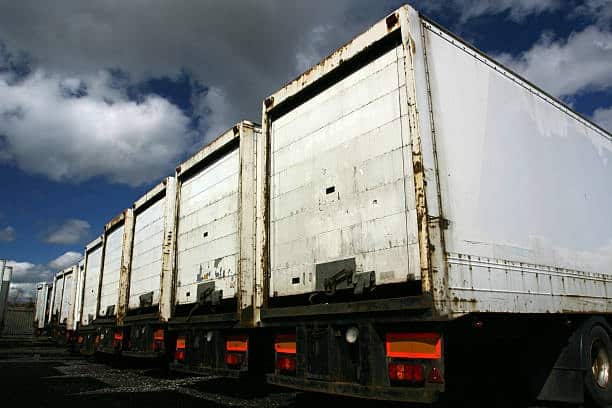
Accounting procedures represent only one part of freight-out knowledge. The expenses produce strategic effects which affect operations in all company business sectors.
Impact on Pricing Strategy
Organizations need to determine whether to add shipping expenses to product prices through absorption or present them as additional expenses to customers. Both approaches have consequences:
- When businesses incorporate freight costs into their pricing strategies they maintain better customer satisfaction however they reduce their market competitiveness.
- The significant drawback of separating shipping costs from product prices is that it leads customers to abandon their cart during checkout since shipping fees become visible.
Customer Experience Considerations
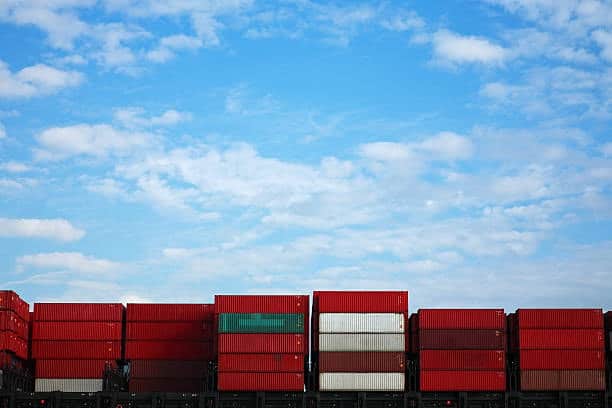
The purchasing process depends heavily on shipping policies which customers take into consideration prior to making their decisions.
- Eligible shipping rates push consumers to increase their purchase quantities.
- Offers for expedited delivery enable businesses to demand increased payment from customers.
- Customers will trust businesses more often when they present clear information about shipping charges.
- Any shipping approach that provides certain delivery dates results in higher customer contentment.
Competitive Advantage
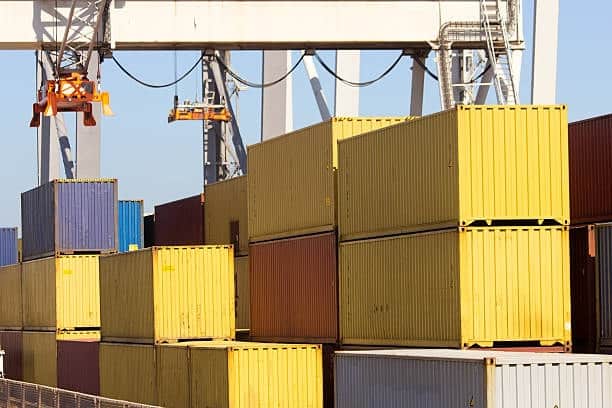
When the cost incurred from freight-out management becomes efficient, it positively impacts profitability calculations and generates market advantages for companies shipping goods.
- Companies using reduced shipping expenses can establish pricing lower than their competitors.
- Rapid fulfillment durations act as a customer retention tool for people who need expedited delivery.
- Compelling multiple delivery choices gives customers flexibility which stands apart from what rival companies provide in the market.
- Damages together with return frequency decrease when packages use improved handling methods.
Components of Freight-Out Costs
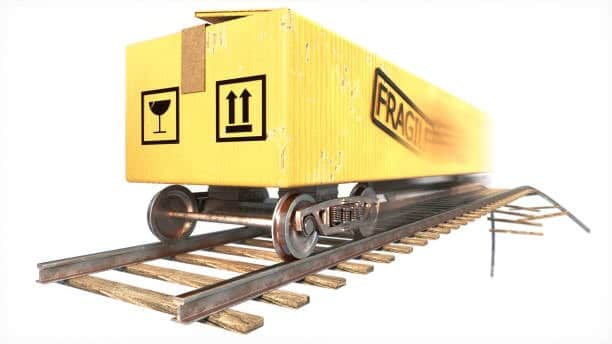
Freight-out encompasses various expenses beyond basic shipping fees. Remarkable business cost savings emerge when companies grasp their freight-out components and understand the true cost associated with them .
Transportation Fees
The major elements in freight-out expenses consist of accounts receivable account:
- Shipping charges depend on weight measurements together with package dimensions in combination with distance requirements and selected service class.
- The surcharge basis applied to fuel expenses depends on current energy market conditions record freight.
- Businesses need to pay fees for unique handling requirements on delicate items as well as giant or dangerous shipments.
- A charge for instant delivery allows businesses to rush their shipments through the system.
Packaging Materials
Proper packaging serves as an essential requirement which safeguards goods during their delivery process.
- Boxes, envelopes, and other containers
- The shipping process requires materials that include bubble wrap as well as air pillows and foam inserts together with cushioning elements.
- Killers should be inserted inside packages to maintain stable items while they are transported to their destination.
- Shipment success relies on packaging essentials that include tape in addition to labels and various other supplies.
Insurance and Liability

Protection against loss or damage must incorporate three elements during shipping:
- Declared value coverage from carriers
- Third-party shipping insurance
- Self-insurance reserves for high-volume shippers
Administrative Costs
Managing the shipping process involves:
- Labor costs for fulfillment staff
- Software and systems for shipping management
- Documentation preparation time and materials
- The delivery process and tracking information management demands from customers form part of customer service operations.
Freight-Out in Different Business Models
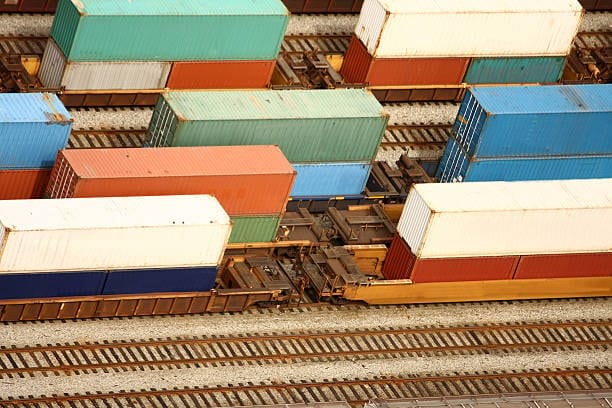
Business models show diverse patterns when it comes to dealing with freight-out expenses.
E-commerce Businesses
Online retailers depend heavily on freight-out as their expenses throughout this specific area become crucial:
- E-commerce expenses incorporate freight-out expenses which amount to between 15% and 20% of total costs.
- The implementation of free shipping requires extensive examination to ensure process profitability.
- Last-mile delivery optimization becomes essential.
- Businesses which work with multiple shipping companies keep their delivery rates in check.
Manufacturing Companies

Manufacturers responsible for delivering products to distributors along with retailers must evaluate different shipping aspects inventory cost.
- When products are sent in bulk form aspects of economies of scale become achievable.
- Contracting carriers for long-term agreements gives businesses the advantage of dependable and foreseeable conditions.
- Product line profitability depends on proper distribution of freight expenses.
- The process of international shipment imposes added complications due to customs requirements and possible duties payments inventory records.
Service-Based Businesses with Physical Products
The combination between offering services alongside products produces distinct operational difficulties for businesses.
- Equipment delivery systems must be handled using specific methods.
- The company might provide installation services during delivery or as a single package with delivery.
- Earthnut Co. must determine logistics for returning equipment that is rented or leased.
Freight-Out Optimization Strategies
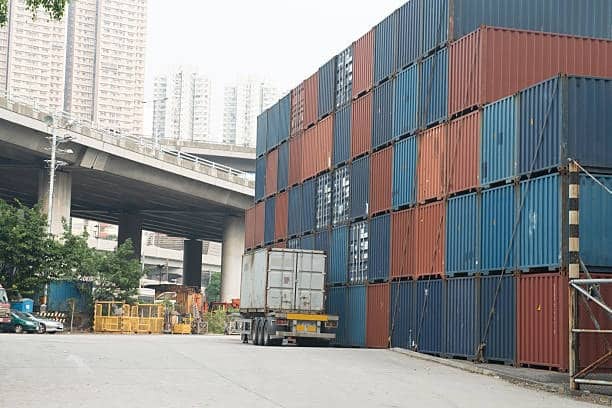
When freight-out expenses receive strategic management and are properly recorded in accounts payable, including ground transportation costs t leads to higher profits with no decline in customer service quality transportation cost.
Rate Negotiation
Better shipping rates can be achieved through large shipment volume.
- The increase of carrier numbers allows greater negotiating strength for better rates.
- Companies gain rate stability from multi-year contracts they execute with their shipping suppliers.
- Customer volume allows organizations to access various discount levels through established price stages.
- Companies should haggle with carriers to establish both strict fuel surcharge limits and discount terms.
Packaging Optimization
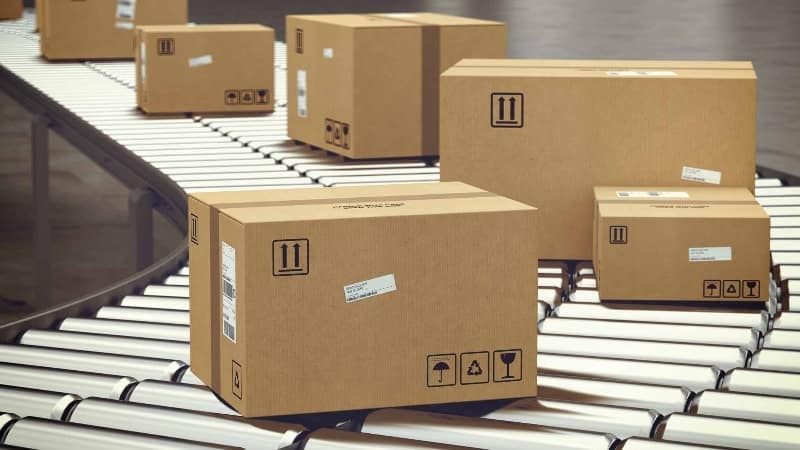
When a package contains smart packaging elements it minimizes the costs from dimensional weight calculations finished goods.
- Right-sizing packages to product dimensions
- Lightweight but protective packaging materials
- boxes of uniform specifications help achieve operational efficiency
- Compressed packaging technologies
Carrier Selection
Organizations must select carriers that maintain the right balance between price and dependability with top-class service quality shipping raw materials.
- Regional carriers for local deliveries
- National carriers for widespread distribution
- Specialty carriers for unique products
- Companies use combined selection methods which maximize shipping speed along with minimal operational expenses
Technology Solutions
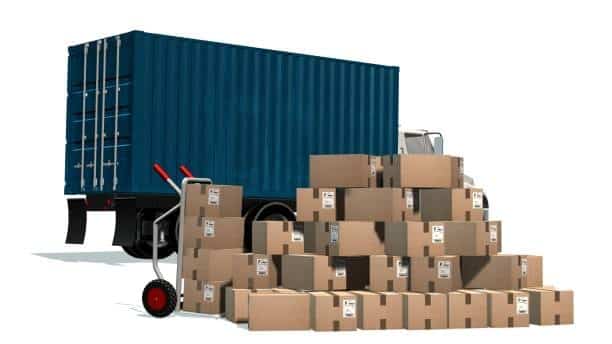
Modern shipping software platforms along with information technology solutions improve both speed and operational efficiency of shipping operations.
- The system enables users to search for optimal shipment carriers through its rate shopping tools.
- Delivery errors can be prevented by running address validation procedures credit cash.
- Batch processing for high-volume shipping
- Businesses should implement combined tracking solutions which provide real-time management capabilities.
Zone Skipping and Distribution Centers
Geographic strategies reduce shipping distances:
- Strategic warehouse placement near customer concentrations
- Locations that store inventory in the front position for quick-moving products
- Zone skipping enables the distribution system to avoid stopping at middle points for transportation
- Companies use cross-docking operations to decrease storage expenses balance sheet.
Freight-Out in International Business
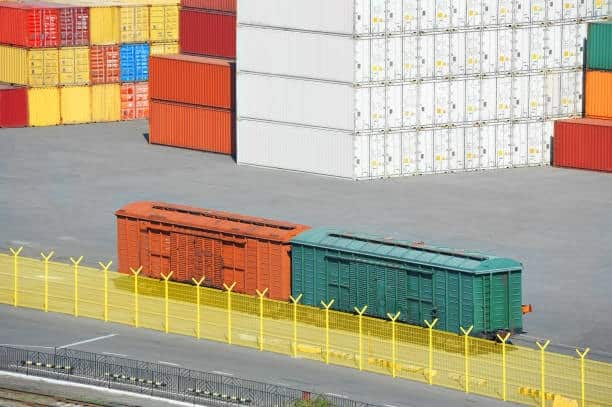
Moreover freighting operations become more complicated due to the expansion of international commercial activities freight charges.
Customs and Duties
Proper handling of various aspects represents a mandatory requirement for international cargo movement generally accepted accounting principles.
- Export operations must manage the import duties together with destination country taxes applied to shipments.
- Customs documentation and compliance
- Harmonized tariff schedule classifications
- Free trade agreement benefits and requirements
International Shipping Methods
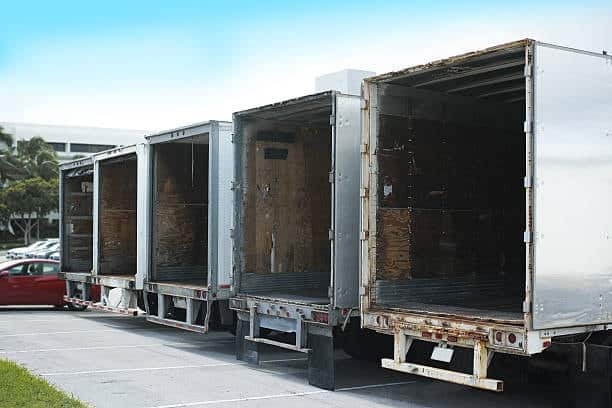
Global freight options include various services provided by a freight company.
- Ocean freight: Cost-effective but slow transit times
- Air freight: Faster but significantly more expensive costs incurred
- Clients who need urgent deliveries will find expedited services through premium priced services.
- Consolidated shipments: Combining multiple orders for efficiency
Compliance Considerations
International shipping introduces regulatory requirements:
- International shipping requires companies to perform both export control procedures and limited party screening operations.
- Dangerous goods regulations
- Country-specific packaging and labeling requirements
- The implementation of environmental regulations dictates product packaging standards as well as transportation methods for businesses.
Environmental Impact of Freight-Out

Sustainability has emerged as a vital factor that freight management industry needs to address.
Carbon Footprint
Transportation generates substantial greenhouse gas pollution which remains among major environmental causes.
- The choice between air transport or ground transport or marine shipping distinguishes how much carbon emissions will be produced.
- Route optimization reduces unnecessary miles
- The combination of vehicles running efficiently along with alternative fuel systems generates significant improvement potential.
- Environmental programs function to lessen the effects of air emissions which remain after offset implementation.
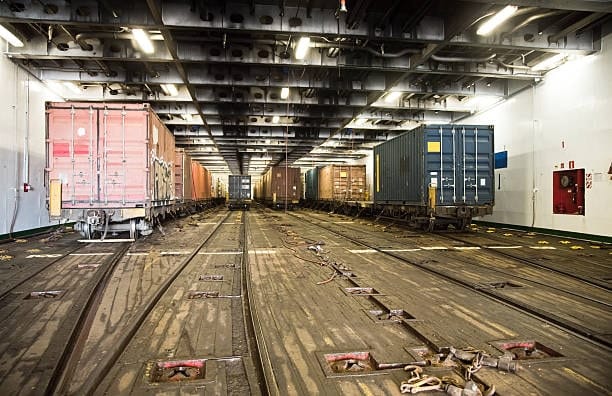
Sustainable Packaging
Package design approaches now need to achieve protection goals while remaining environmentally sustainable.
- Recyclable and biodegradable materials
- Reduced packaging waste through right-sizing
- Reusable shipping containers for business-to-business logistics
- Plant-based and compostable alternatives to traditional materials
Customer Perceptions
The environmental approaches people adopt now decide their purchasing choices:
- Consumers who care about the environment are drawn to shipping services that operate with zero carbon emissions.
- Sustainable packaging enhances brand reputation
- Achieving transparency regarding environmental consequences helps customers build confidence in a business.
The Future of Freight-Out

New technologies together with evolving consumer needs form contemporary freight-out procedures.
Automation and Robotics
The automation of warehouses alongside fulfillment centers speeds up entire shipping operations.
- Humankind uses automated packaging systems that deliver uniform packaging solutions at peak efficiency levels.
- Robotics systems support product selection as well as object sorting operations to speed up order fulfillment processes.
- Autonomous vehicles for local deliveries
- Drones provide delivery service to remote areas or inaccessible territories.
Data Analytics
Advanced analytics improve decision-making:
- Predictive models for shipping demand
- Dynamic carrier selection algorithms
- Real-time tracking and exception management
- Organizations use cost allocation models for precise profitability analysis.
Last-Mile Innovation
The last section of delivery service development remains active:
- Micro-fulfillment centers in urban areas
- Pickup lockers and alternative delivery points
- Crowdsourced delivery models
- Same-day and time-definite delivery options
Conclusion
The rise of customer demands for speedy environmentally friendly free deliveries has made freight-out management evolve into a fundamental business strategy. Businesses that treat freight-out costs, including those involving a shipping company, as competition assets instead of traditional expense accounts secure meaningful market benefits during escalating market competition.
Modern successful businesses view freight-out with a system-wide approach by uniting cost control with improved customer satisfaction while also increasing operational quality alongside environmental sustainability targets. Companies able to execute thoughtfully planned strategies for carrier selection and packaging design and technology integration and environmental responsibility will convert their freight-out expenses into competitive corporate assets.
Organizations need to dedicate their top planning teams to analyze freight-out within the current global business context. Organizations that handle freight-out operations efficiently, while managing their accounts receivable effectively, will perform best within markets which expect swift responsive and sustainable delivery.




